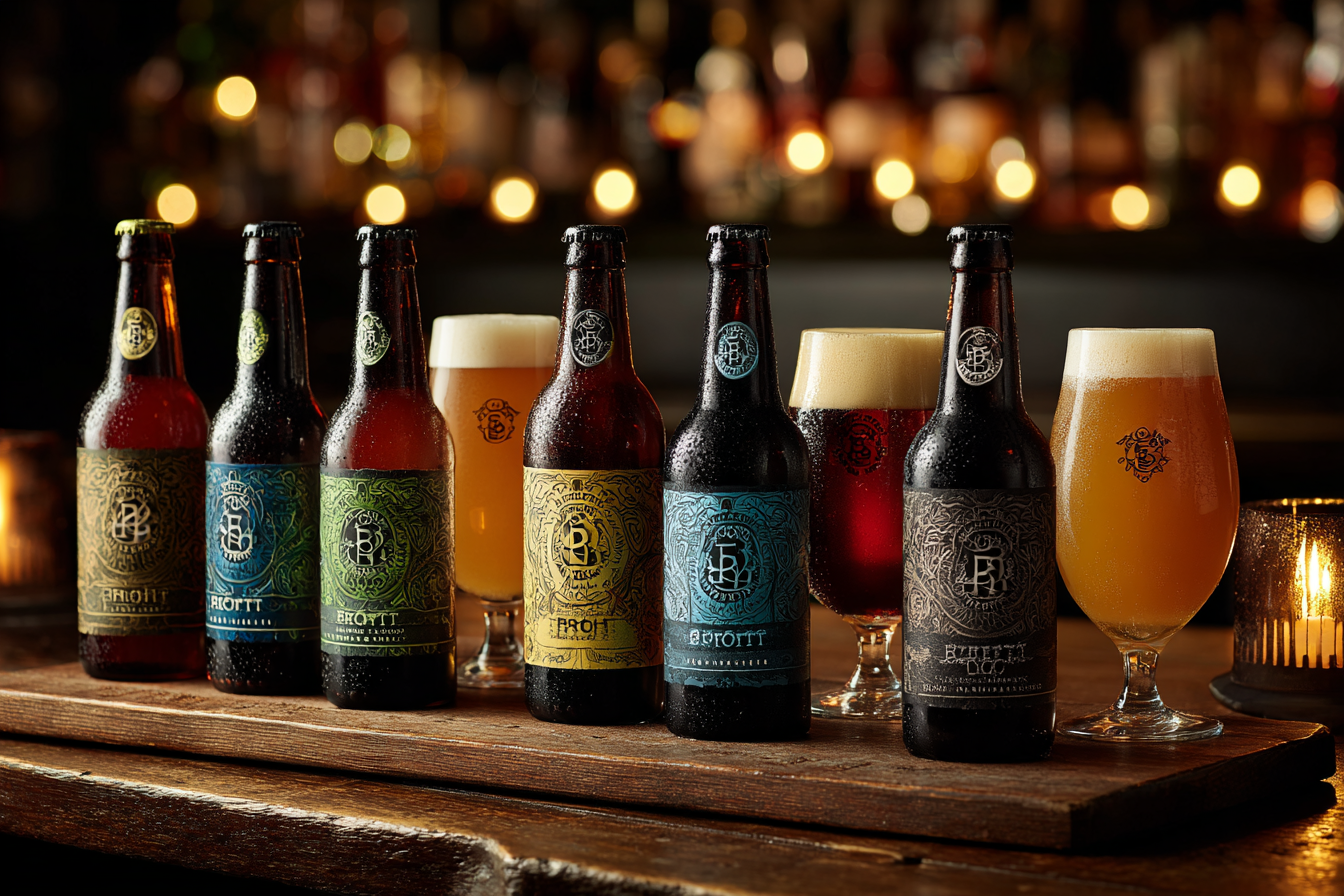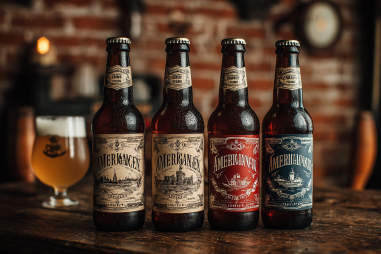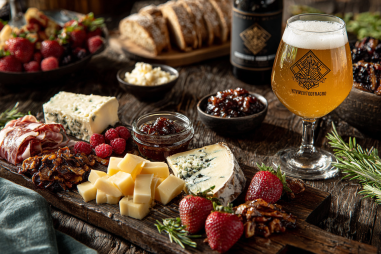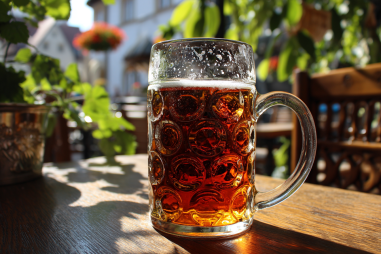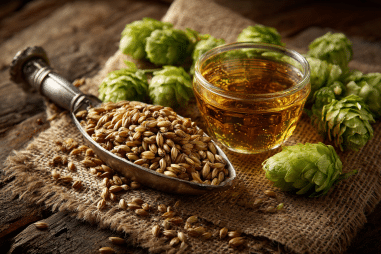Brett beer is a fascinating world within the craft beer universe, one celebrated for its complexity, funkiness, and wild character. At its heart is Brettanomyces yeast—an unconventional microbe that imparts distinctive flavors and aromas, setting these beers apart from more traditional lagers and ales. But Brett beer isn’t limited to a single style; it spans a broad spectrum, from rustic farmhouse ales to bold wild and sour creations. This flavorful journey explores the many styles and variations that showcase Brettanomyces at its best, inviting you to expand your palate and appreciate the artistry behind these unique brews.
Overview of Brett Beer as a Category
Brett beer is defined by its use of Brettanomyces yeast, often affectionately called simply “Brett.” Unlike the typical Saccharomyces cerevisiae yeast that produces most ales and lagers, Brettanomyces is a wild yeast strain that ferments sugars others can’t, creating distinct flavor compounds. These can range from earthy, barnyard notes to tropical fruitiness and tart acidity. The result is a beer full of personality and character, often described as funky, grassy, leathery, or “wild.”
Because Brettanomyces works more slowly and thrives in particular environments, brewers typically use it in special beers designed to highlight these qualities. It’s these beers—often aged, sometimes blended, and usually featuring creative fermentation techniques—that make up the diverse and exciting category known as Brett beer. The term itself can describe an entire category or simply indicate that Brettanomyces has been involved in the beer’s fermentation or aging process.
Classic Farmhouse Brett Ales
One of the oldest and most respected ways to showcase Brettanomyces is within the farmhouse ale tradition. Originating in rural European farms—especially in Belgium and France—these beers utilized wild yeasts and mixed fermentation techniques long before pure yeast strains were isolated. Classic farmhouse Brett ales include saisons and bières de garde, which often incorporate Brettanomyces either as the primary yeast or as a secondary fermenting agent.
Farmhouse Brett ales tend to be highly drinkable, balancing fruity esters, spicy phenols, and Brett’s signature funk. They’re usually medium-bodied with a dry finish and refreshing carbonation. Common flavor descriptors include citrus peel, pepper, earthy barnyard, and a mild tartness. These beers capture the rustic charm of traditional farmhouse brewing while allowing the Brett yeast to contribute depth and complexity.
Brett-Influenced Sour and Wild Ales
The use of Brettanomyces in sour and wild ales has exploded in popularity, especially among craft brewers interested in pushing boundaries. Brett can work alone or alongside lactic acid bacteria like Lactobacillus and Pediococcus, which create the sourness these styles are known for. Together, Brett and bacteria contribute a perfect balance of funk, acidity, and fruitiness.
Examples of Brett-influenced sour ales include:
- Lambics and gueuzes from Belgium, blending spontaneous fermentation with Brettanomyces.
- American wild ales, often barrel-aged and brewed with mixed cultures.
- Sour farmhouse ales that combine tartness with Brett’s funky character.
These beers are often complex and layered, sometimes light and tart and other times rich and funky, making them an intriguing choice for adventurous drinkers.
Barrel-Aged Brett Beer Styles
Barrel aging is a natural partner to Brettanomyces, as the wooden barrels provide an ideal environment for the yeast to thrive and impart unique flavors. Barrel-aging Brett beers can take months or even years, resulting in exceptional depth and complexity.
Barrel-aged Brett styles often feature:
- Notes of vanilla, oak, and caramel from the barrel itself.
- Increased funkiness and earthiness due to Brett’s prolonged activity.
- Subtle oxidative characteristics that add richness.
Cask-conditioned farmhouse ales, barrel-aged wild sours, and some imperial Brett beers showcase the synergy between Brett and wood. The barrels might previously hold wine, bourbon, or other spirits, adding yet another dimension of flavor to these sophisticated brews.
Hybrid Styles Incorporating Brett
Innovation in craft brewing means Brettanomyces is often combined with other beer styles to create hybrid beers that defy easy categorization. Brewers blend Brett with various yeast strains, malt profiles, and hop combinations to craft something truly unique.
Some popular hybrid Brett styles include:
- Brett IPAs, which balance fruity hops with Brett’s earthy funk.
- Brett saisons combined with fruit additions for vibrant, funky expressions.
- Brett stouts and porters that bring unexpected funk to dark, roasty beers.
- Sour IPAs featuring mixed fermentation with Brett and bacteria.
These hybrids often surprise and delight by marrying familiar styles with wild yeast complexity, broadening what “Brett beer” can mean.
Regional Variations in Brett Beers
The character of Brett beers can vary widely depending on where they are brewed. European Brett beers often carry a classical, restrained funk rooted in generations-old traditions, highlighting subtle earthiness and tartness. Belgian farmhouse ales and gueuzes are prime examples of this refined style.
On the other hand, American brewers tend to experiment more boldly with Brett, often incorporating hop-forward profiles, aggressive sourness, or barrel-aging techniques that result in more intense funk and complexity. The Pacific Northwest, California, and the Northeast are hotspots for innovative Brett beers.
Meanwhile, brewers in other regions—from Australia to Japan—bring local ingredients, climate, and cultural brewing traditions into the mix, creating distinct regional Brett styles worthy of exploration.
How Brewers Experiment With Brett
Brewers love Brettanomyces for the possibilities it unlocks, and they constantly experiment with how and when to use this wild yeast. Some common techniques include:
- Secondary fermentation: Adding Brett after the primary yeast has fermented to introduce complexity without overwhelming the initial character.
- Mixed fermentation: Using Brett alongside wild bacteria strains to create sour profiles.
- Blending: Combining Brett-fermented beer with other batches for balance and layered flavor.
- Wood-aging: Employing barrels or wooden foeders to harbor Brett and shape the beer over time.
- Variation in ingredients: Using different malts, hops, fruits, or spices to complement or contrast Brett’s funkiness.
- Temperature control: Adjusting fermentation temperatures to coax desirable Brett flavors.
These methods enable brewers to craft both subtle and boldly funky beers, making Brett a versatile tool in creative brewing.
Recommendations for Exploring Brett Beer Styles
If you’re new to Brett beers or looking to deepen your appreciation, here are some tips and recommendations to guide your tasting journey:
- Start classic: Sample traditional farmhouse ales or Belgian lambics that showcase Brett in familiar ways.
- Try sour and wild ales: Explore beers with mixed fermentation to experience the interplay of funk and tartness.
- Attend tastings or festivals: Events focusing on wild and sour beers allow you to sample a wide array of Brett styles side by side.
- Visit breweries specializing in Brett: Seeing the brewing and aging processes firsthand can deepen your understanding.
- Pair with food: Funky Brett beers pair excellently with cheese, charcuterie, and richly flavored dishes that complement their unique profiles.
- Take notes: Keep track of what you like—the flavors, aromas, textures, and styles—to refine your palate over time.
Expanding Your Brett Beer Palate
Diving into the world of Brett beers invites you to explore a diverse and ever-evolving collection of styles and variations. From the heritage farmhouse ales that honor brewing traditions to the bold, barrel-aged wild sours and innovative hybrids, Brettanomyces yeast adds depth, complexity, and character to beer like no other organism.
Whether you appreciate subtle earthiness or crave funky intensity, there’s a Brett beer out there to broaden your taste horizon. Embrace the adventure, savor the unexpected, and enjoy the rich tapestry of flavors that Brett beer styles bring to the table.

